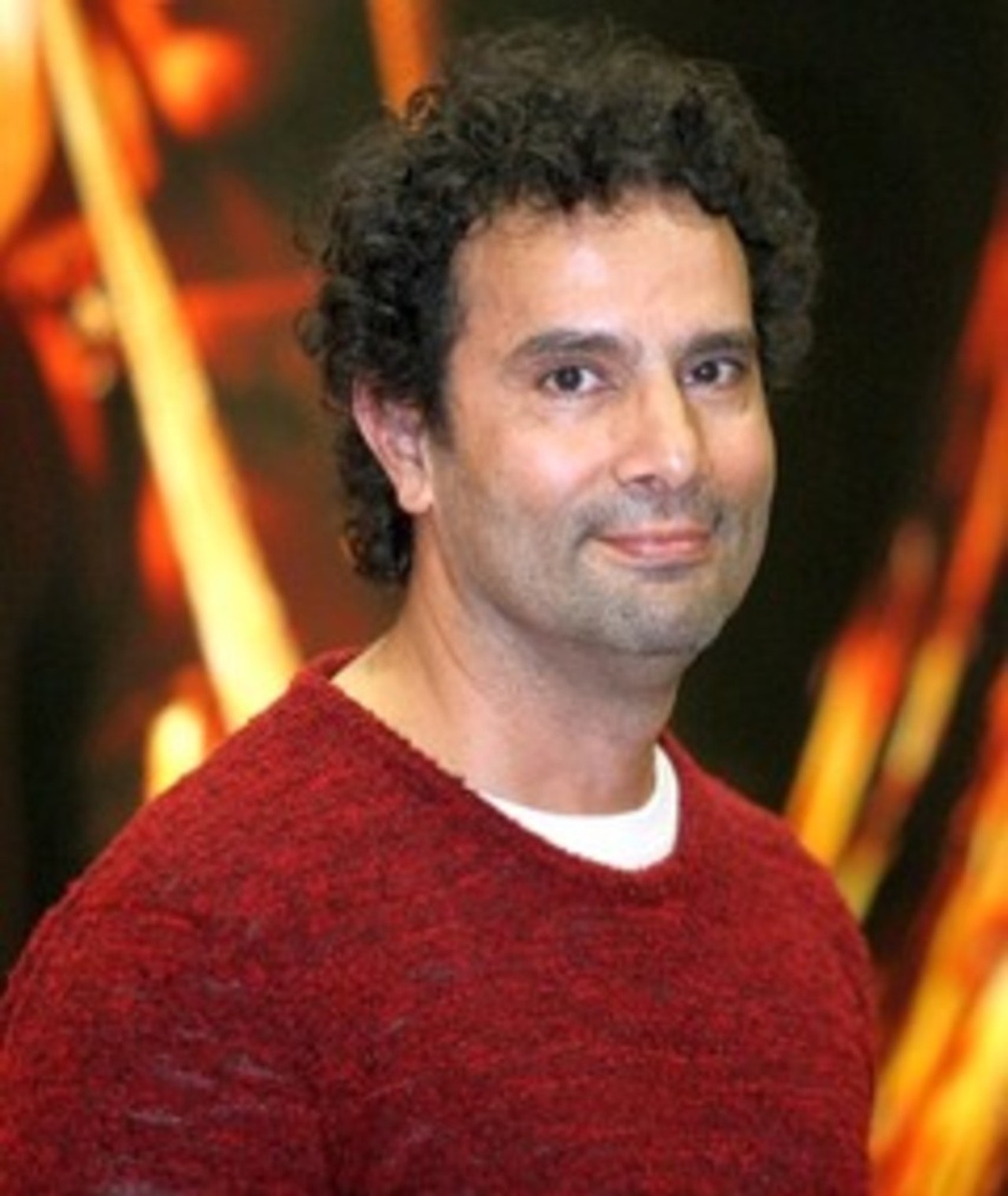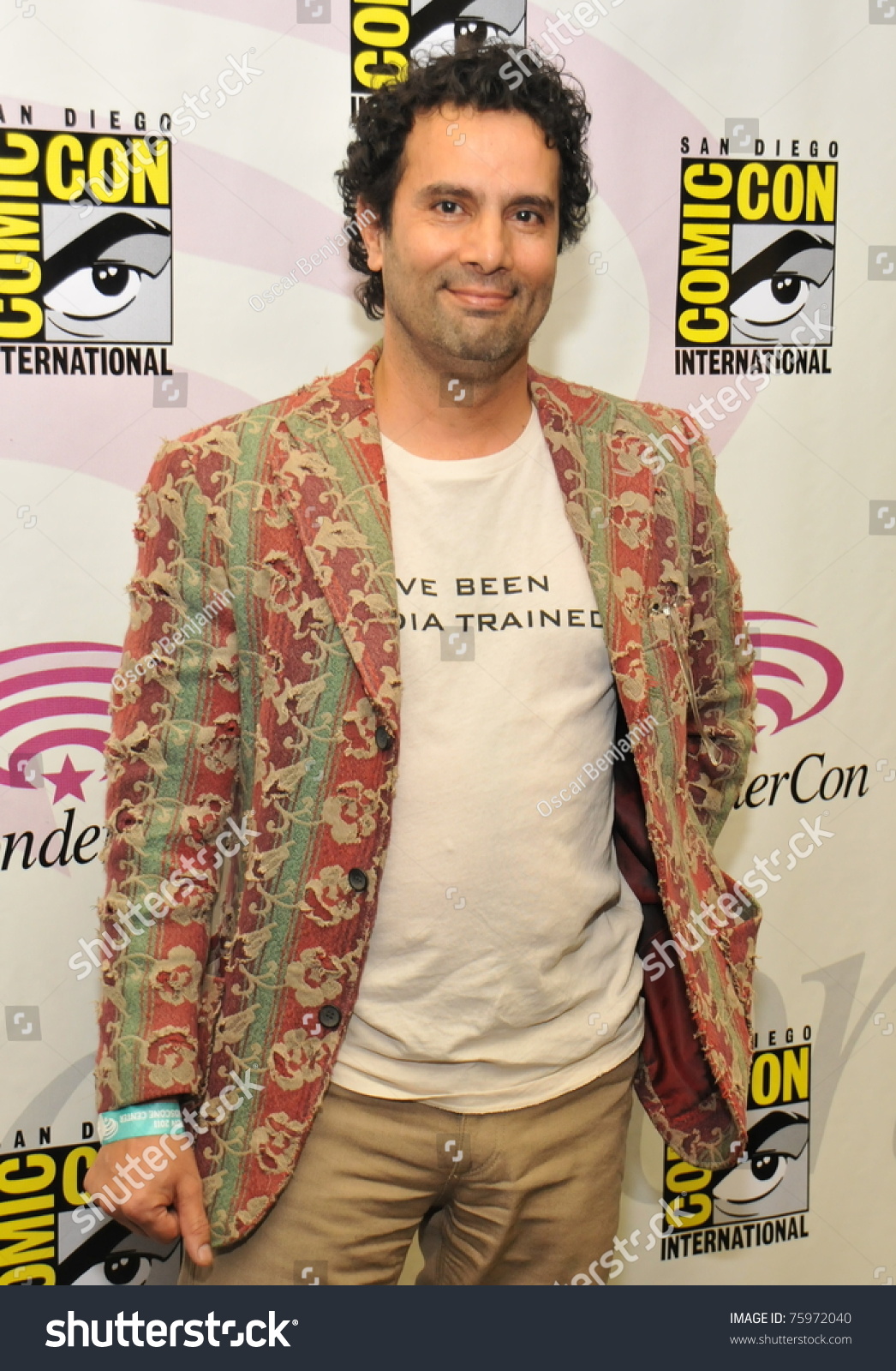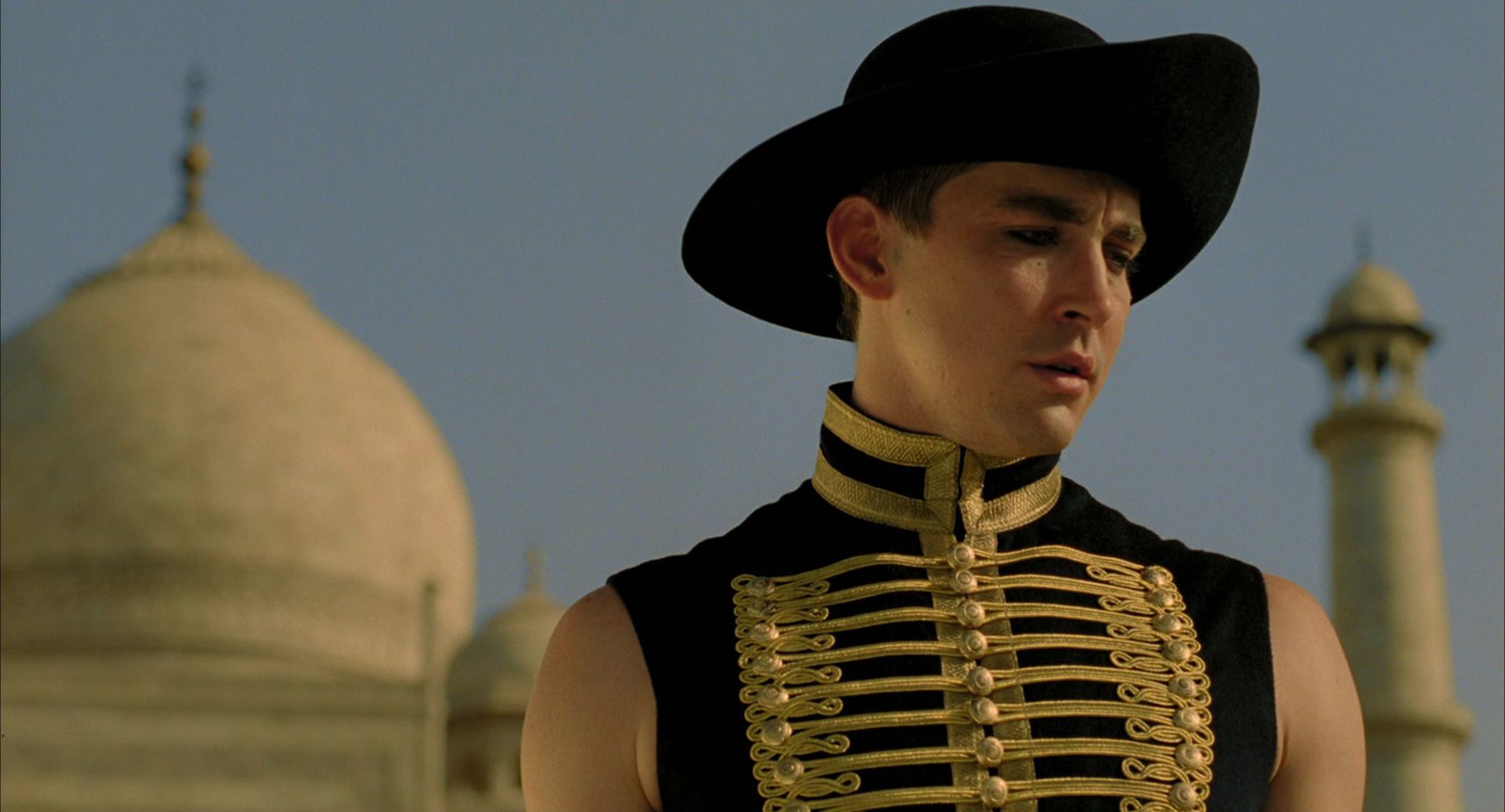Tarsem Singh: The Visionary Director Behind Epic Visuals
Have you ever watched a film or a commercial that just sticks with you, simply because it looks so unbelievably good? That, you know, could be the work of a truly unique individual. We are talking about Tarsem Singh, a director whose name, for many, is synonymous with incredible, striking images. He is, in a way, a master of the visual, someone who creates worlds that are very, very hard to forget. His approach to storytelling, you see, often relies on a profound visual language, making each project a distinct experience for anyone watching.
Tarsem Singh Dhandwar, born in Jalandhar, Punjab, is an Indian director who has quite a diverse body of work. He has, in fact, touched many different areas of the visual arts, from big screen films to quick, memorable commercials, and even some rather iconic music videos. His journey in the creative world shows a consistent dedication to a certain kind of artistic expression, a style that is, arguably, quite his own. It’s hard, almost, to put a label on what he does, but you definitely recognize it when you see it.
So, if you are curious about the person who brings such grand, visual spectacles to life, or if you simply appreciate filmmaking that pushes the boundaries of what you expect to see, then this exploration of Tarsem Singh’s career is for you. We will, you know, delve into what makes his work so special, from his early projects that really got people talking to the major films that solidified his reputation. You will, perhaps, discover why he is celebrated for his particular brand of cinematic artistry, and why his creations resonate with so many people who love film.
Table of Contents
- Tarsem Singh: A Brief Biography
- Personal Details & Biodata
- The Distinctive Style of Tarsem Singh
- Notable Films: The Cell and The Fall
- Commercial and Music Video Work
- A Unique Perspective on Blockbusters
- Recognition and Legacy in the Arts
- Frequently Asked Questions About Tarsem Singh
Tarsem Singh: A Brief Biography
Tarsem Singh Dhandwar, who is more widely known simply as Tarsem, came into the world on May 26, 1961, in Jalandhar, Punjab. He was born into a Punjabi Sikh family, and his early life, you know, had some interesting influences. His father, for instance, was an aircraft engineer, which might suggest a background of precision and design, perhaps influencing his future visual precision. Tarsem, as a young person, received his education at Bishop Cotton Boy's School in Shimla, which is a rather well-regarded institution, before making a significant move.
He eventually relocated to the United States to continue his studies, a step that, you know, really broadened his horizons and set the stage for his professional path. This move to the USA was, in a way, a pivotal moment, allowing him to pursue his artistic inclinations in a different cultural and educational setting. It was there, perhaps, that he truly began to hone the skills that would later make him such a celebrated visual artist. His early career, before films, included quite a bit of work in commercials and music videos, which are areas where visual flair is, arguably, paramount.
Tarsem burst onto the scene, as a director, with his very first feature film in the year 2000. This debut, you see, immediately captured attention, signaling the arrival of a director with a truly unique vision. Since then, he has, in fact, continued to work across films, music videos, and even high-profile commercials, building a reputation for his unmistakable visual signature. He lives, you know, in both London and Los Angeles, splitting his time between these two major cultural hubs, which might also contribute to his diverse artistic outlook.
Personal Details & Biodata
| Full Name | Tarsem Singh Dhandwar |
| Known As | Tarsem |
| Born | May 26, 1961 (Jalandhar, Punjab, India) |
| Nationality | Indian |
| Profession | Film Director, Music Video Director, Commercial Director |
| Notable Works | The Cell (2000), The Fall (2006), Pepsi "We Will Rock You" Commercials |
| Education | Bishop Cotton Boy's School, Shimla; further studies in USA |
| Current Residences | London and Los Angeles |
The Distinctive Style of Tarsem Singh
It is, frankly, quite difficult to describe Tarsem Singh’s artistic style in just a few words. People who know his work, you know, often say that he is known for "epic" visuals. He is, in a way, a cinematic poet, someone who uses images to tell a story in a deeply evocative manner. He is also, quite literally, a visual alchemist, someone who seems to conjure up extraordinary scenes from what might seem like ordinary elements. His films and other projects are, in essence, a feast for the eyes, often featuring rich colors, intricate designs, and truly imaginative settings.
His approach to filmmaking, it seems, prioritizes the aesthetic, making sure that every frame is, you know, meticulously crafted. This emphasis on visual beauty and striking composition is what sets his work apart. You can, perhaps, feel his artistic hand in every shot, as if he is painting with light and shadow. This focus on the visual has, in fact, made his work instantly recognizable to many who appreciate unique cinematic experiences. It is, arguably, why his commercial work, for instance, found a permanent home in a place like New York’s Museum of Modern Art.
So, when you think about Tarsem, you are really thinking about a director who understands the power of imagery. He uses visuals not just to support the narrative, but to become a significant part of the story itself. His films often transport you to other worlds, not just through their plots, but primarily through their incredibly detailed and often surreal visual landscapes. This is, you know, a director who truly believes in showing, rather than just telling, and he does it with a flair that is very much his own.
Notable Films: The Cell and The Fall
Tarsem Singh truly burst onto the scene with his first feature film, The Cell, which premiered in the year 2000. This movie, you see, was a psychological thriller that starred Jennifer Lopez, and it really showcased Tarsem’s early prowess for creating stunning, sometimes unsettling, visual sequences. The film’s narrative, which involved entering the mind of a serial killer, provided a perfect canvas for his imaginative and often dark visual style. It was, in a way, a strong statement about what he could bring to the big screen, immediately marking him as a director to watch.
While The Cell was his debut, a film that has gained a real cult following these days is The Fall, which came out in 2006. This particular movie is often described as "wild," and it truly is a testament to Tarsem’s commitment to visual storytelling. The story, which unfolds through the eyes of a young girl and an injured stuntman, is, in fact, visually breathtaking, shot in numerous locations around the world without the use of computer-generated imagery for its fantastical elements. This dedication to practical effects and real-world beauty is, you know, quite remarkable.
The Fall, in some respects, cemented his reputation as a director who prioritizes art and vision above all else. It is a film that, arguably, looks unlike anything else, full of vibrant colors, intricate costumes, and truly imaginative sets. These two films, The Cell and The Fall, pretty much serve as prime examples of his unique cinematic voice. They demonstrate his ability to craft narratives that are deeply intertwined with their visual presentation, making them, you know, experiences that audiences remember long after the credits roll. You can explore the complete filmography of Tarsem Singh on Rotten Tomatoes, for instance, to see every movie and TV show he has been credited in.
Commercial and Music Video Work
Before making his mark in feature films, Tarsem Singh was already a well-established name in the world of music videos and commercials. He directed some incredibly high-profile television commercials, which, you know, really put his visual talents on display for a massive audience. One of the most famous examples is the Pepsi "We Will Rock You" campaign. This particular commercial featured global pop icons like Britney Spears, P!nk, and Beyoncé, showcasing his ability to blend star power with his signature visual flair. It was, in a way, a mini-movie in itself, memorable for its grand scale and striking imagery.
His work in commercials is, in fact, so impactful that it is part of a permanent collection at New York’s Museum of Modern Art (MoMA). This is, arguably, a rare honor for commercial work, highlighting the artistic merit and lasting influence of his short-form projects. It suggests that his commercials are not just advertisements, but rather, you know, pieces of art in their own right. This recognition from such a prestigious institution speaks volumes about the quality and innovation he brought to the commercial landscape.
Beyond commercials, Tarsem also directed numerous music videos, which, you know, are another format where visual creativity is paramount. These projects allowed him to experiment with different aesthetics and storytelling techniques, often pushing the boundaries of what a music video could be. His ability to create compelling visuals within a short timeframe, whether for a song or a product, really honed the skills he would later apply to his feature films. He is, in essence, a director who has consistently delivered visually arresting content across various mediums, which is, you know, quite impressive.
A Unique Perspective on Blockbusters
While Tarsem Singh is, you know, eager to shoot another big flick, he has a rather clear stance on certain types of major productions. He has, in fact, expressed that you can count him out for directing Marvel or DC films. This perspective is, arguably, quite telling about his artistic priorities. It suggests that he might prefer projects where he has a greater degree of creative control over the visual style and narrative direction, rather than being constrained by established cinematic universes.
This stance, in some respects, aligns with his known reputation as a "cinematic poet" and "visual alchemist." Directors with such a strong personal vision often seek projects that allow their unique style to truly shine, without being tied to pre-existing formulas or extensive franchise requirements. It is, you know, a choice that speaks to his artistic integrity and his desire to create something truly original, rather than fitting into a mold. He is, after all, known for films that defy easy categorization, and that, you know, might be harder to achieve within the confines of a superhero blockbuster.
So, while he certainly has the talent and experience to handle large-scale productions, his preference indicates a desire for projects that allow for more personal expression. This is, you know, a director who wants to leave his own distinctive mark on a film, and that, arguably, is why he leans away from the very structured worlds of major comic book adaptations. It is, perhaps, a testament to his commitment to his own artistic voice, which is, very, very strong.
Recognition and Legacy in the Arts
Tarsem Singh’s contributions to film and visual arts have not gone unnoticed. In 2011, for instance, he received the prestigious Cologne Film Prize for his life’s work. This award, you know, is a significant acknowledgment of his enduring impact and the consistent quality of his artistic output over many years. It celebrates his entire body of work, recognizing him as a truly important figure in the cinematic world. Such an honor really underscores his standing among his peers and critics, which is, arguably, quite high.
Furthermore, as mentioned earlier, his commercial work holds a special place in the art world. It is, in fact, part of a permanent collection at New York’s Museum of Modern Art. This inclusion in such a renowned institution is, you know, a clear indication that his commercials are viewed not just as advertising, but as significant pieces of visual art. It speaks to the innovative and artistic quality he brings even to shorter, more commercial projects, elevating them to a level of cultural importance.
Tarsem Singh Dhandwar, known mononymously as Tarsem, is a filmmaker whose work, quite frankly, defies easy categorization. He is, in essence, a cinematic poet, a visual alchemist who truly conjures up incredible images. His career timeline, personal life insights, and complete filmography, you know, reveal a director who has consistently pushed visual boundaries. He has, in fact, risen to fame by creating memorable roles and striking visuals that resonate with audiences. You can learn more about Tarsem Singh on our site, and also check out this page for more detailed insights into his unique directorial approach.
Frequently Asked Questions About Tarsem Singh
What kind of films is Tarsem Singh known for?
Tarsem Singh is, you know, primarily known for his epic, visually stunning films. He creates movies that are very, very rich in imagery, often featuring fantastical or surreal elements. His work, in fact, is often described as being like that of a "cinematic poet" or a "visual alchemist," someone who conjures up truly unique scenes. Films like The Cell and The Fall are prime examples of his distinctive visual style, which is, arguably, quite recognizable.
Did Tarsem Singh direct any famous commercials?
Yes, absolutely. Tarsem Singh has, in fact, directed several high-profile television commercials. One of his most famous works in this area is the Pepsi "We Will Rock You" campaign, which featured global pop stars like Britney Spears, P!nk, and Beyoncé. His commercial work is, you know, so artistically significant that it is part of a permanent collection at New York’s Museum of Modern Art, which is, arguably, a rare achievement for advertising.
Why is Tarsem Singh’s visual style so unique?
Tarsem Singh’s visual style is, you know, quite unique because he places a very, very strong emphasis on creating striking and imaginative imagery. He uses visuals not just as a backdrop but as a core part of the storytelling itself. His films often feature incredibly detailed sets, vibrant colors, and often surreal elements that transport viewers. He is, in essence, a director who crafts every frame with a painter's eye, making his work visually unforgettable, which is, arguably, his signature.

Tarsem Singh – Movies, Bio and Lists on MUBI

Tarsem singh Images, Stock Photos & Vectors | Shutterstock

Pictures of Tarsem Singh